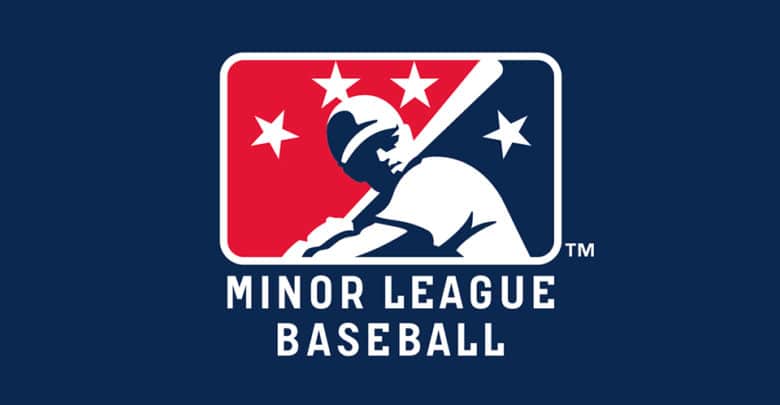
MiLB to Have New “Time-Saving” Rules in 2018, Not All of Which Are Awful
As we learned Wednesday, MLB has decided to implement a few rules that dictate pace of play by ridding the game of unwanted time, extra innings, and any action(s) that MLB feels slows down the game. The three areas of concern are extra innings, mound visits, and time between pitches.
Of course, these won’t be coming to a big-league ballpark near you just yet. Baseball is using the minor leagues as a collective test kitchen for what some believe are half-baked ideas.
Here are some highlights from each of those three categories.
EXTRA INNINGS
-At all levels of Minor League Baseball, extra innings will begin with a runner on second base. The runner at second base will be the player in the batting order position previous to the leadoff batter of the inning (or a substitute for that player). By way of example, if the number five hitter in the batting order is due to lead off the 10th inning, the number four player in the batting order (or a pinch-runner for such player) shall begin the inning on second base. Any runner or batter removed from the game for a substitute shall be ineligible to return to the game, as is the case in all circumstances under the Official Baseball Rules.
While I am not a fan of every extra-inning adjustment, I do understand the reasoning behind them. The minor leagues are about development, and an 18 inning game is no fun for pitching staffs at those levels. While I like infielder Vimael Machin, I do not want to see out on the mound because the bullpen has been emptied out. It’s fun as a novelty, but you run into potential injury concerns that could derail a player’s career. The concept of putting a man on second in the 10th inning was used in rookie league last year and it seemed to add excitement to the games.
PITCHER’S MOUND VISITS
-Visits by coaches and position players will be limited based on the classification level. Triple-A clubs will be allowed six (6) visits per team, Double-A clubs will be allowed eight (8) visits per team, Single-A clubs will be allowed 10 visits per team and there will not be a limit on mound visits for Short Season and Rookie-level clubs.
-For any extra-innings played, each club shall be entitled to one additional non-pitching change mound visit per inning.
This is the one adjustment I cannot get behind. Most of the time a coach visits a prospect on the mound in a minor league game, it’s because of a teaching moment. If the minor league system is about developing talent, why is that learning opportunity being taken away? This concept was not well thought out.
15-SECOND PITCH TIMER
-Pitchers at the Triple-A and Double-A levels will be allowed 15 seconds to begin their wind-up or the motion to come to the set position when no runners are on base.
-With runners on base, the pitch timer will go from 15 to 20 seconds.
-Should the pitcher fail to begin his wind-up or begin the motion to come to the set position in 15 seconds with no runners on base, or 20 seconds with a runner on base, a ball will be awarded to the count on the batter.
-Should the batter fail to be in the batter’s box and alert to the pitcher with seven (7) or more seconds remaining on the pitch timer, a strike will be awarded to the count on the batter.
The first 15 days of the season (April 5-19), will serve as a grace period, with players receiving warnings for infractions. Beginning April 20, rules will be enforced as written.
AA and AAA had 20-second pitching timers last year, so I don’t see this being much of an issue.
While MiLB does have TV, it does not have the same time requirements between innings as the majors. Most games take between 2.5 to 2.75 hours. There’s plenty of live entertainment, which is what brings families in to sit on the lawn or in the stands.
Hopefully, these rules don’t detract from the game or the purpose of minor league baseball general. When the rules are fully enforced beginning in mid-April, we’ll get to see whether and how they work.

